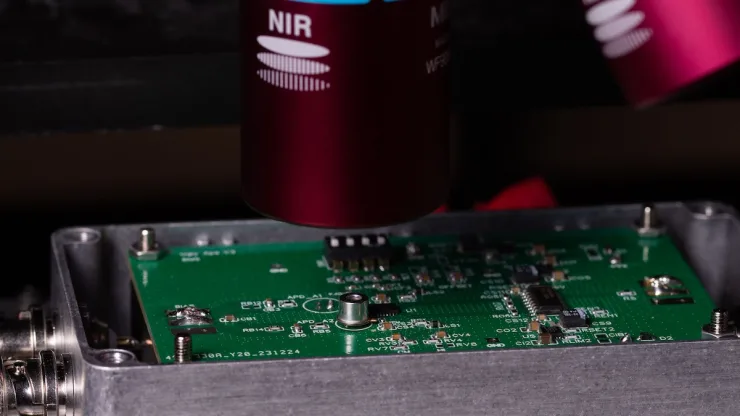
Technology Guides
An in-depth guide to how Noiseless InGaAs APDs extract the signal from the noise
Optical systems operating at infrared wavelengths have become a crucial tool for pinpointing the position of distant objects and are increasingly being sought after for emerging robotics applications that require an accurate 3D view of their surroundings. These time-of-flight systems work by beaming laser light into their environs, and then detecting and analysing the signals that are reflected. Determining the precise location of each object demands a high signal-to-noise ratio, which in practice requires a combination of high laser powers and extremely sensitive detectors.
Infrared systems offer a key advantage here since much higher laser powers can be emitted into the outside world while still operating within the eye-safe regime. However, the limited sensitivity of photodetectors at infrared wavelengths poses a challenge for building high-performance systems in a compact and affordable package. That's because costly and cumbersome fibre lasers must be used to generate enough optical power for the sensors to detect the returning signals, which is not a viable option for mass-market applications. …

